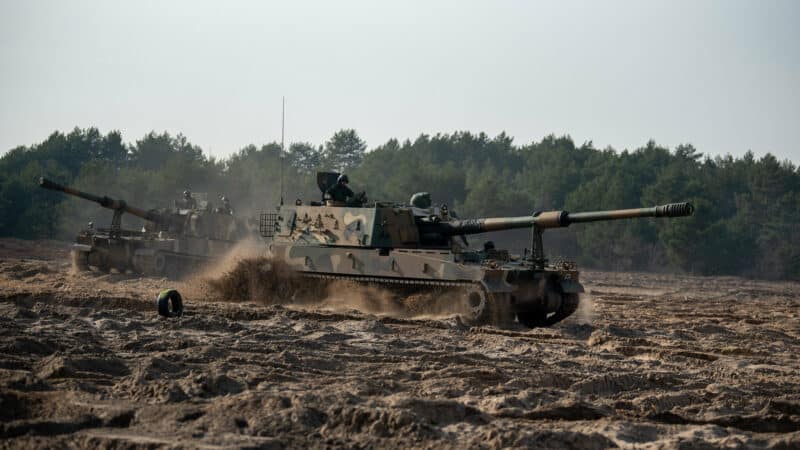The experiences from Ukraine demonstrate that a vital aspect of a country’s functioning during war times is the efficient mobilization of citizens and a competent, sizable army. Prior to the Russian invasion, Ukraine boasted an army of over 200,000 soldiers, many of whom had combat experience dating back to 2014 – at the time when Crimea was annexed and an uprising broke out in Donbas. Similarly, the Polish army must also be sizable – an organized force capable of facing a formidable frontline from a potential adversary, such as Russia or Belarus. However, there are threats associated with constructing such a substantial military force.
The first threat comes from the army’s competitiveness in the job market – today’s national economy consists of various businesses, employers who are competing for employees. Many of them are already facing issues, having to resort to foreign labor. The army is no longer competitive when it comes to financial aspects, nor in terms of additional benefits that stem from military service. This results in fewer people being interested in serving in the army than 15-20 years ago.
The second issue relates to the problem of expanding the army, it’s the lack of proper reserves. Due to the fact that there hasn’t been compulsory military service in Poland for over 15 years, we don’t create personal reserves, meaning that there aren’t people in the Polish society with basic military training – said Mariusz Marszałkowski, editor-in-chief of POLON.pl. – People in the army are incredibly important – the Polish army has staff, command, yet lacks a developed system of battalions or individual companies. These are supposed to be developed during mobilization. Yet increasingly, there is a problem with a sufficient number of well-trained personnel.
The third aspect threatening the construction of a large army is demography. Our population is shrinking – there are fewer people who would be able to serve in the army. Civil market competition is intensifying – thus increasing the risk of forming individual brigades and tactical unions, especially in sparsely populated areas, in Eastern Poland. This poses a threat that building an army at the level of 300,000 people – without implementing a reform in the context of conscription, will be very difficult to achieve – Marszałkowski analyzes.
